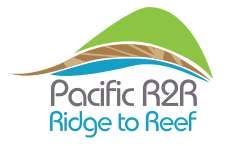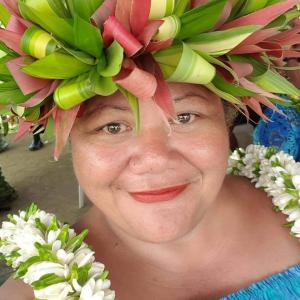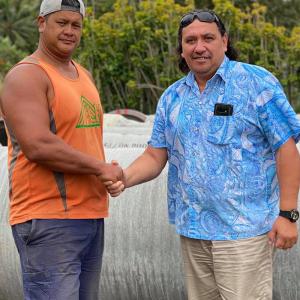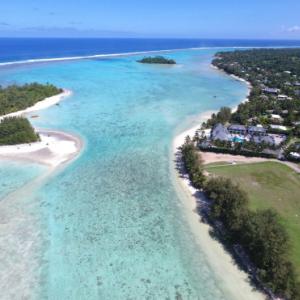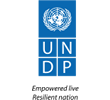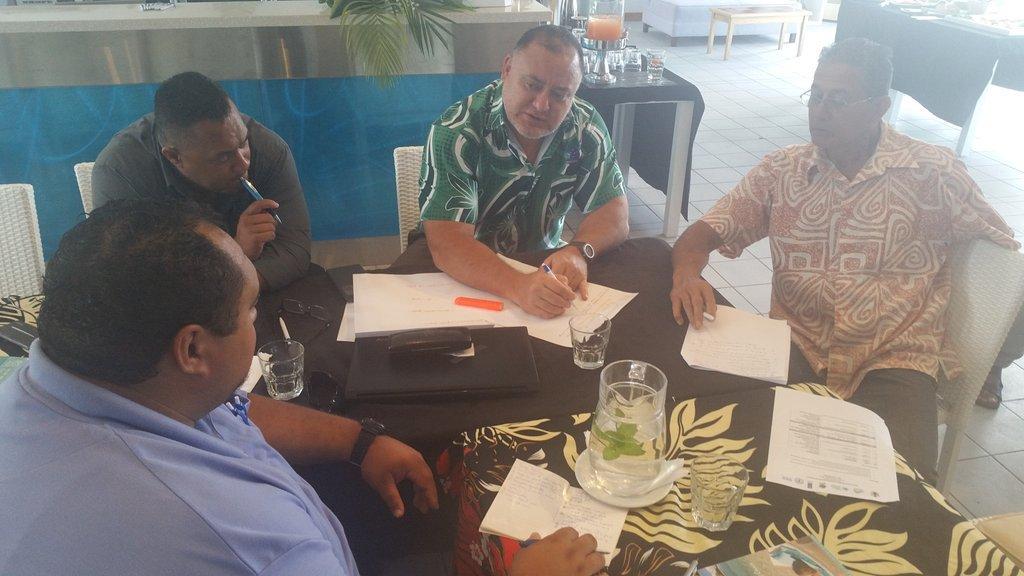
Project Overview
The Cook Islands are a Polynesian island group comprising of 15 widely dispersed islands, surrounded by by an exclusive economic zone of 1.8 million square kilometres. Like many PICs, water supply issues are dominant in the management of water resources, and attention generally has focused on the areas of greater population. In the Cook Islands this is Rarotonga, with a residential population of approximately 10,000. The islands source potable water from two main sources. In the Southern Group of islands which includes the main island of Rarotonga (volcanic origin), surface water is sourced from springs and streams within catchments valleys. In the Northern Group of islands (coral atolls), water is sourced from rainwater and groundwater. Freshwater lens are present, however, the past practice of manually extracting water from wells have been abandoned.
The old steel and galvanised pipes are having problems with corrosion and leakage. Replacement of the old pipes by uPVC and polyethylene pipes is in progress on the respective islands to alleviate these problems. Per capita consumption figures of about 260 litres per capita per day are high for a developing country, and water losses throughout the system are thought to be between 50-70% in Rarotonga. Since water supply issues are dominant in the management of water resources, attention generally has focused on the areas of greater population, namely, the towns and cities. In the Cook Islands, the trend is no different, with the primary focus having been on water supply systems within Rarotonga.
The responsibility for water management including regulation falls under the auspices of Infrastructure Cook Islands (ICI), but other agencies also have a key interest including the National Environment Service, Cook Islands Investment Corporation, Ministry and Finance and Economic Management, and Ministry of Health. The Department of Water Works within ICI is responsible for managing water supply in Rarotonga in consultations with island councils.
The major wastewater and sanitation issues in the Cook Islands relate to groundwater and marine water pollution which creates implications to human and environmental health. These issues stem from improper disposal of human and animal sewage. The impacts of this pollution reduces the resilience of the environment to withstand natural disasters, reduces the availability of resources which support the traditional subsistence lifestyle of Cook Islanders, increases the frequency of waterborne illnesses and diminishes the idyllic south seas appeal that provides the basis of the tourism industry. Apart from one small community sewage treatment system in Rarotonga, all domestic and commercial wastewater in the Cook Islands is managed by on-site systems. Nearly all development is on the coast where free draining coral sands overlay a shallow groundwater table that drains into an encircling coral lagoon.
The tourist industry earns the greatest revenue in the Cook islands and tourists expect a high standard of sanitation service when they come to enjoy healthy, safe and ecologically stable coral lagoon ecosystems for swimming, snorkeling and other activities. For an economy with high costs of living and low salaries, the challenge is to find the right formula to provide the required high standard sanitation service. The first sanitary systems used on the islands were pit toilets. These smelt and created health problems so there was a move to pour flush toilets. These proved unsatisfactory so the Government agencies recommended flush toilets with single, then dual and now three-chamber septic tanks, with most discharges to soak holes. With rapid development on the coastline and deteriorating coral reef health, comes increasing recognition of the impact of on-site sanitation systems on human health and ecological sustainability.
While some are hopeful that a simple low cost technological f x is all that is required, it is increasingly clear that a multi-level integrated approach is required; involving institutional strengthening, training, inter-agency co-operation and effort, and community awareness programmes as well as improved wastewater technologies and systems. The above issues have begun to be addressed through the cross-sectoral planning and management initiatives of the GEF Pacific IWRM Project. Needs still exist and have been identifed within a Ridge to Reef context. These needs include enhancing community capacity for waste management implementation and environmental protection to enable best practice in coastal waters, land and public health protection.
Increasing knowledge-base and capacity for effective environmental stress reduction measures and integrated catchment management in Muri will strengthen decision making processes and community involvement.
Project Components:
|

National Project Manager IW R2R Project
[email protected]
